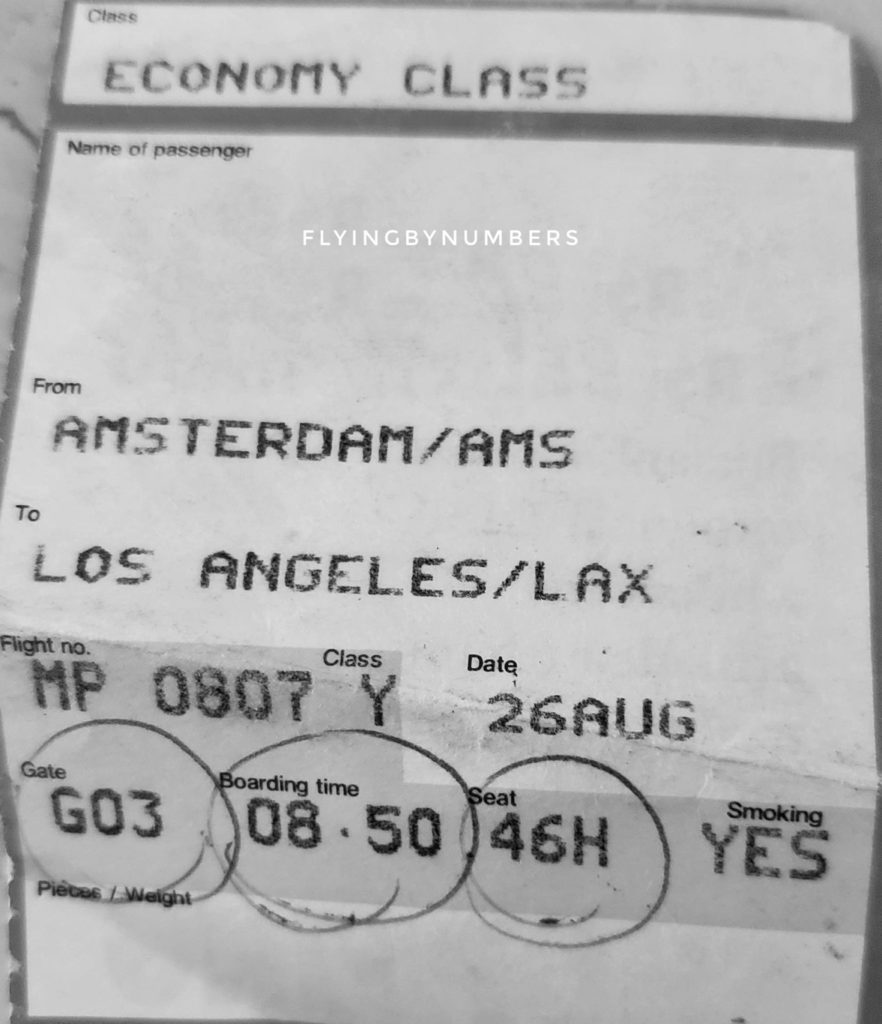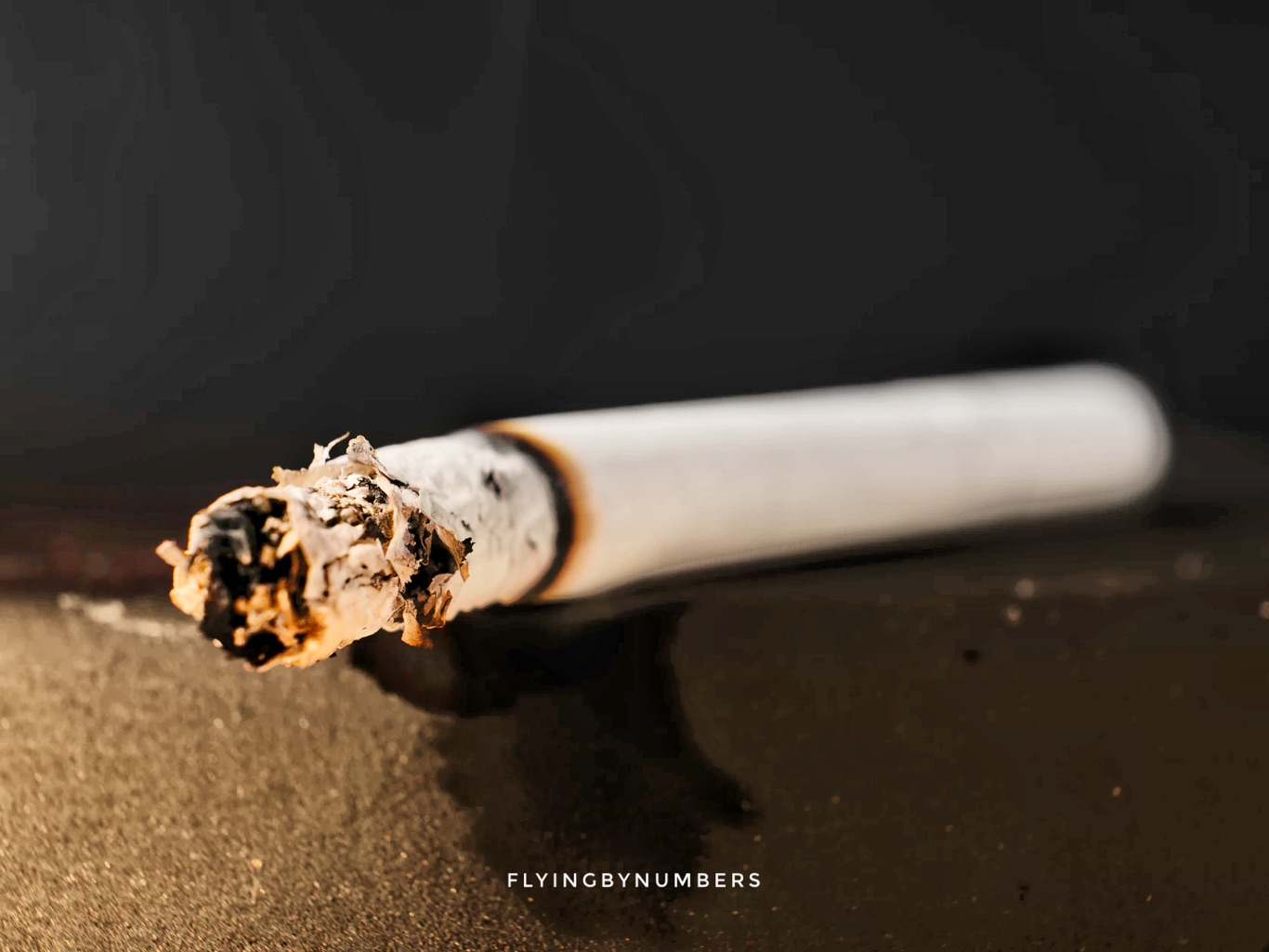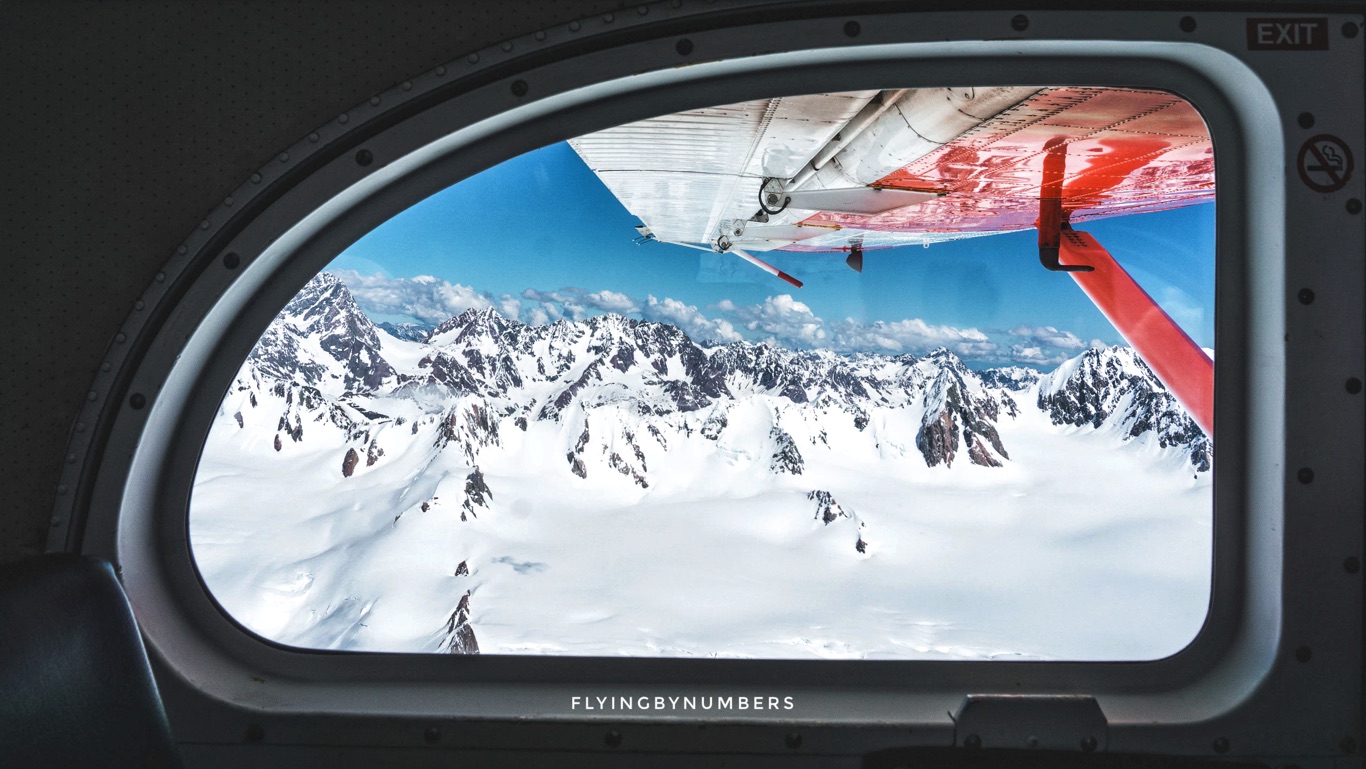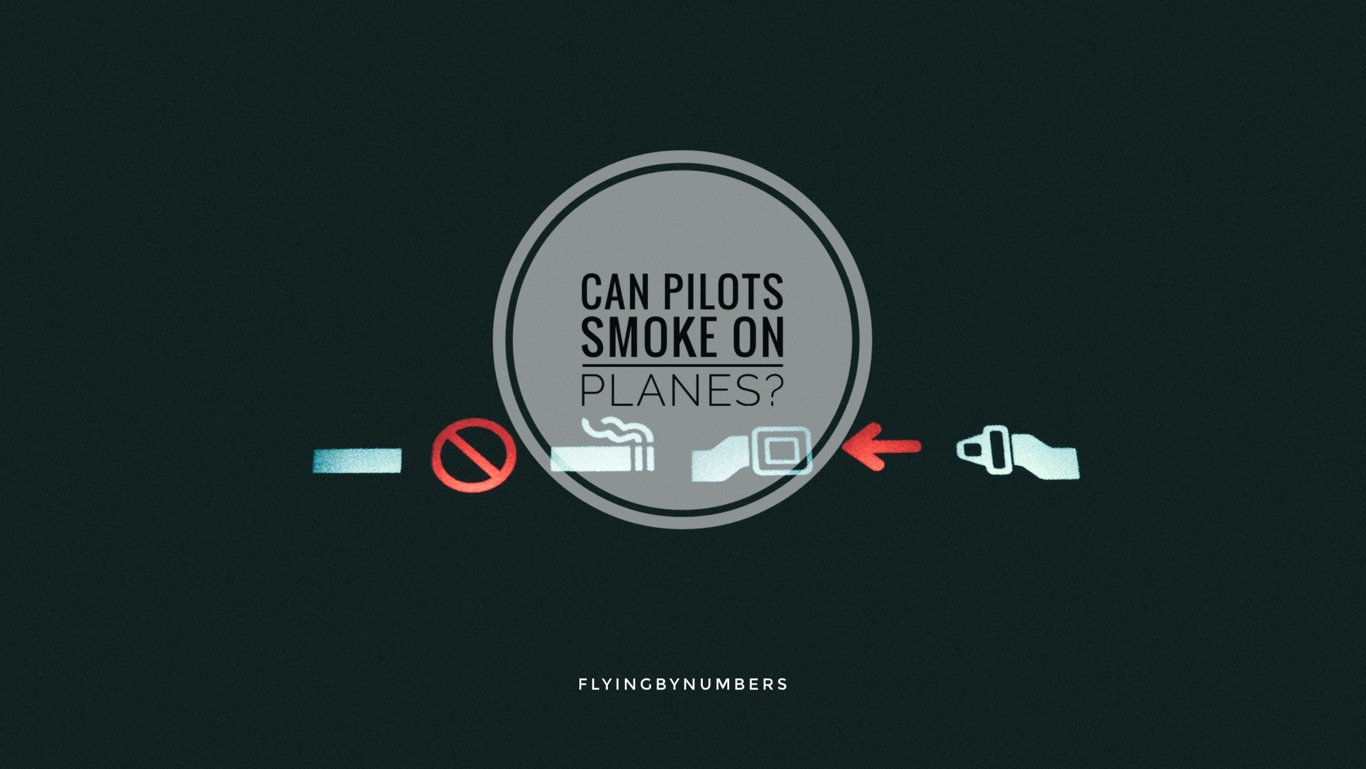There is no doubt that smoking cigarettes is a dangerous habit. Public attitudes to smoking have shifted, and the days when commercial airlines were filled with smoke are long gone… But what about when you’re a pilot?
Can pilots smoke in the cockpit? And if they can, does smoking affect a pilot’s ability to fly? Some decisions can have big consequences — just ask the Chinese airline pilot who caused an in-flight emergency due to vaping in the cockpit!
In this blog post, we will take a look at the rules around airline pilots and smoking, and whether these rules are the same as for passengers. Plus, we will discuss how smoking changes the body’s tolerance to altitude!
Can pilots smoke in the cockpit?
The short answer is no, pilots are not allowed to smoke in the cockpit while flying.
Initially, this rule varied around the globe, with certain countries banning smoking earlier than others.
For a brief (unfair!) period between 2000-2017 most passengers were banned from smoking, however behind closed doors a few pilots were still able to smoke in the cockpit.
China were the last country in the world to announce a total ban on smoking — including pilots — in 2017.
Since then, the no-smoking rule applies to all commercial flights, regardless of airline or country.
The reason for this is simple, smoking poses a serious safety risk when you’re up in the air. In addition, smoking can also set off the plane’s smoke alarm systems.

Can airline pilots vape?
Once a grey area, vaping was quickly reclassified in the same category as smoking. As a result, pilots cannot vape on the aircraft.
Vaping actually caused China — the last remaining country in the world where airline pilots could still smoke in the cockpit — to reevaluate their stance after an interesting incident in 2018.
Previously, China had stated their intention to ban pilots from smoking in 2017. There would be a two year phasing out period, before a complete ban on aircrew smoking in 2019.
In 2018, an Air China 737 co-pilot wanted to vape an e-cigarette. While the captain was out of the cockpit, he turned off the cockpit fans, hoping to ensure the smell didn’t circulate out to the cabin.
Unfortunately, he turned off the air conditioning system instead of the fans. Like many commercial aircraft, in the B737 the air conditioning system recirculates the air, but it also maintains pressurisation in the cabin.
Shortly after turning the system off, cabin pressure began to drop, eventually leading to the emergency oxygen masks dropping in the cabin. Emergency procedures were carried out. An emergency descent was initiated, rapidly descending the aircraft to 10,000 ft.
Fortunately, the aircraft made a successful landing. Following the subsequent investigation, the Chinese aviation authorities were not pleased, and the phaseout period of the pilot smoking ban was immediately halted. So, it’s likely that the last pilot to ever smoke on a plane was actually vaping an e-cigarette!
How does smoking affect a pilot’s ability to fly?
Smoking obviously has detrimental health effects, but these can be more pronounced in pilots, potentially impacting their decision-making, and flying abilities.

There are two main aspects, physical symptoms and phycological symptoms:
How smoking affects pilots physically
- Cabin altitudes in commercial aircraft usually rise as high as 8,000 ft (ca. 2,438 m).
- In general aviation, aircraft are allowed up to 12,500 ft (ca. 3,810 m) without cabin pressurisation.
- These limits are in place because the average person will not suffer hypoxia — requiring supplementary oxygen — below these altitudes.
- However, several FAA studies have looked into differences between smokers and non-smokers, finding that the smoking pilots can be impacted well below the 12,500ft ceiling.
- An elevated heart rate, caused by the nicotine in cigarettes, can increase the susceptibility to hypoxia too.
Smokers may have experienced a reduction of peripheral vision and their ability to visually monitor several tasks simultaneously. The smoker group exhibited higher error rates and false alarms for the peripherally-located monitoring tasks, and showed significantly poorer tracking task performance, compared to the non-smoker group.
Effects of Simulated General Aviation Altitude Hypoxia on Smokers and Non-smokers
How smoking affects pilots mentally
Aside from the physical impacts smoking has on pilots, studies have also looked into how pilot performance changes on longer flights due when they are prohibited from smoking.
Some studies have found that over long flights (of 12 hours) pilots that smoke begin suffering from nicotine withdrawal, which can affect their performance. Under simulator tests, pilots who were allowed to smoke, or who chewed nicotine gum, performed better than pilots who went cold turkey!
Results suggest that nicotine withdrawal effects can impair aircraft pilot performance within 12 h of smoking cessation
Nicotine deprivation and pilot performance during simulated flight
Summary
Smoke filled commercial aircraft are now a thing of the past for passengers and pilots.
During the transition between allowing passengers to smoke on flights, to prohibiting smoking onboard, pilots occasionally dodged smoking bans and were allowed to smoke behind the closed cockpit door.
This practise has now entirely been ruled out. On all commercial flights, pilots obey the same rules as passengers — no smoking onboard!
Vaping suffered a similar fate. There were brief periods after the popularity of e-cigarettes surged, where some pilots were allowed to vape. However, all airlines have now grouped smoking and vaping together, with airline pilots prohibited from vaping too.
Finally, looking at the effects smoking has on pilots, and how it lowers the body’s tolerance to altitude, the pilot smoking ban can only be a good thing.
Smoking between 1-3 cigarettes is demonstrated to have the same effect as gaining 5,000-8,000 ft of altitude!






